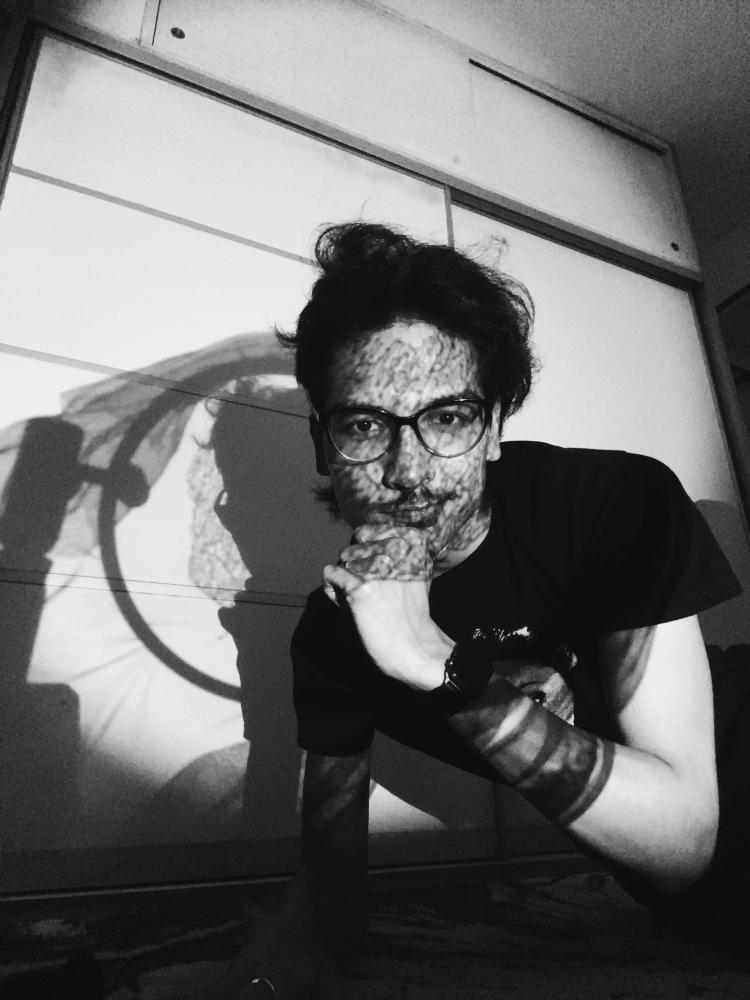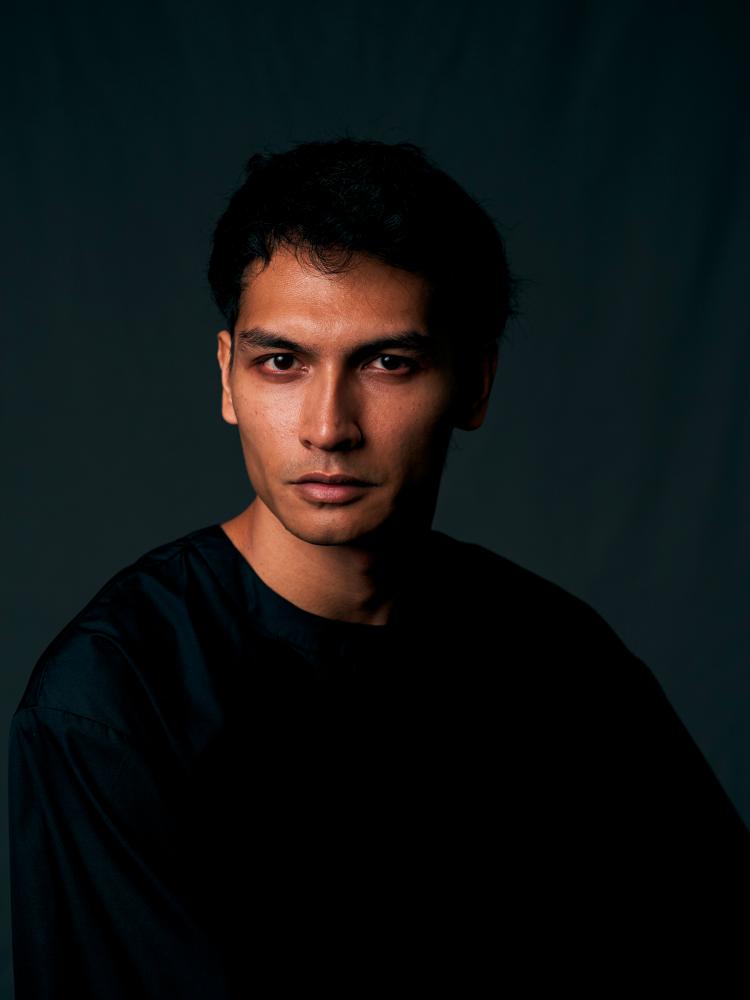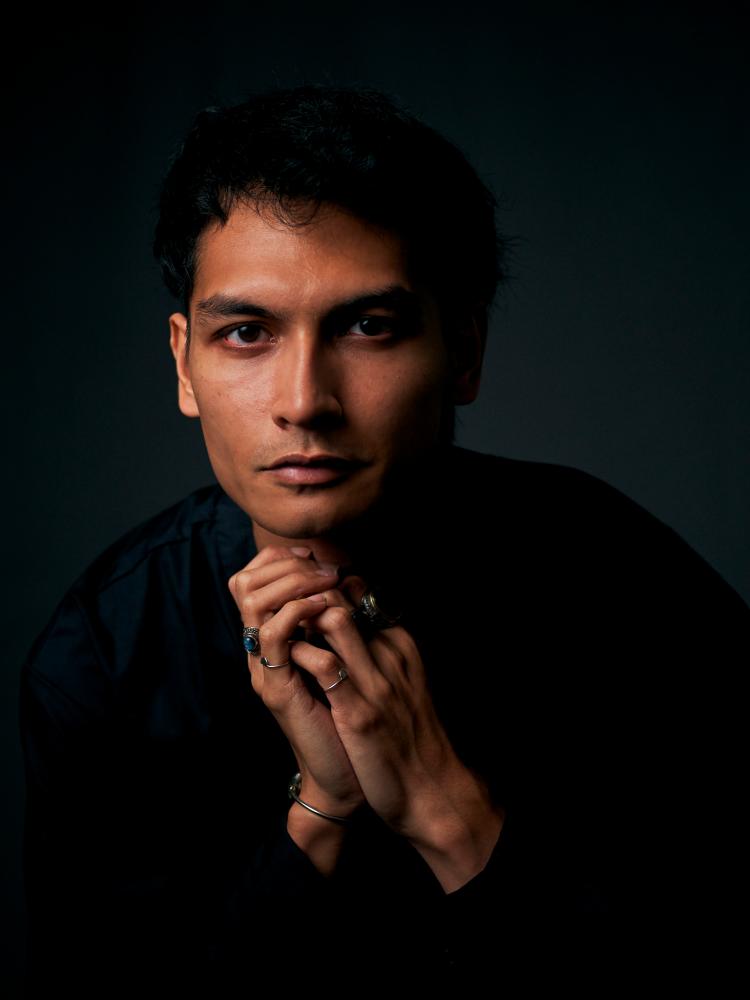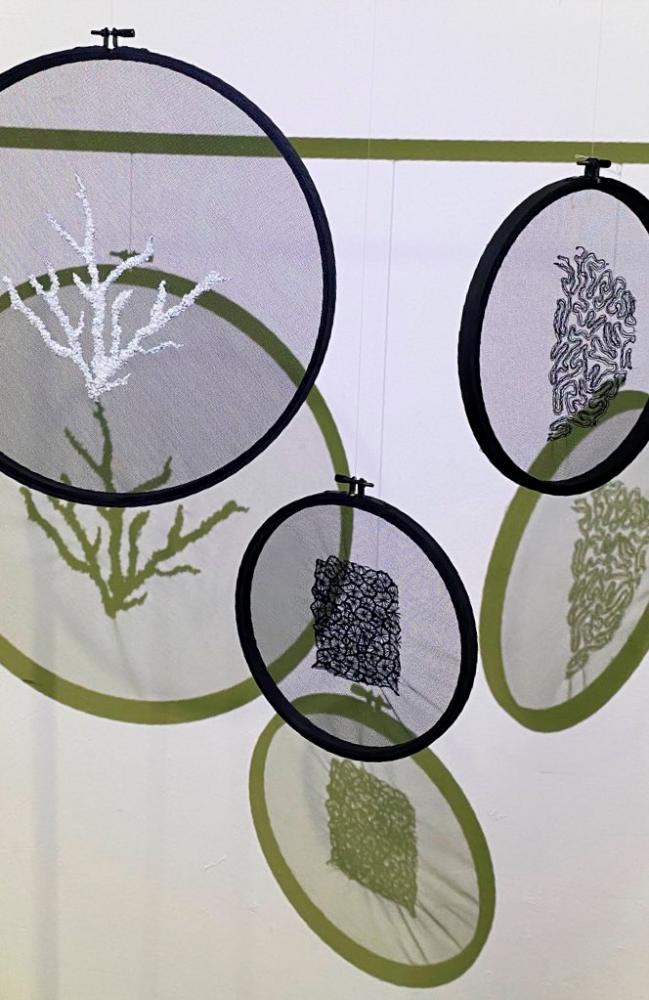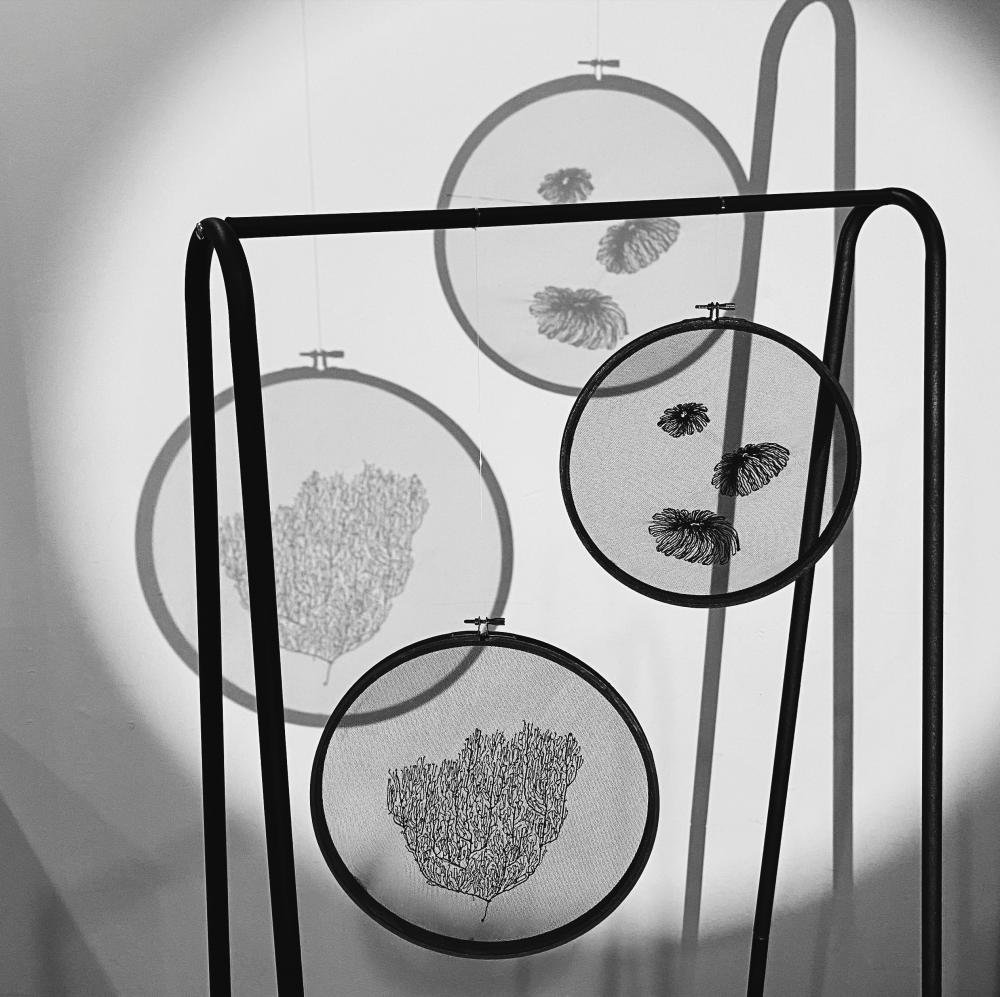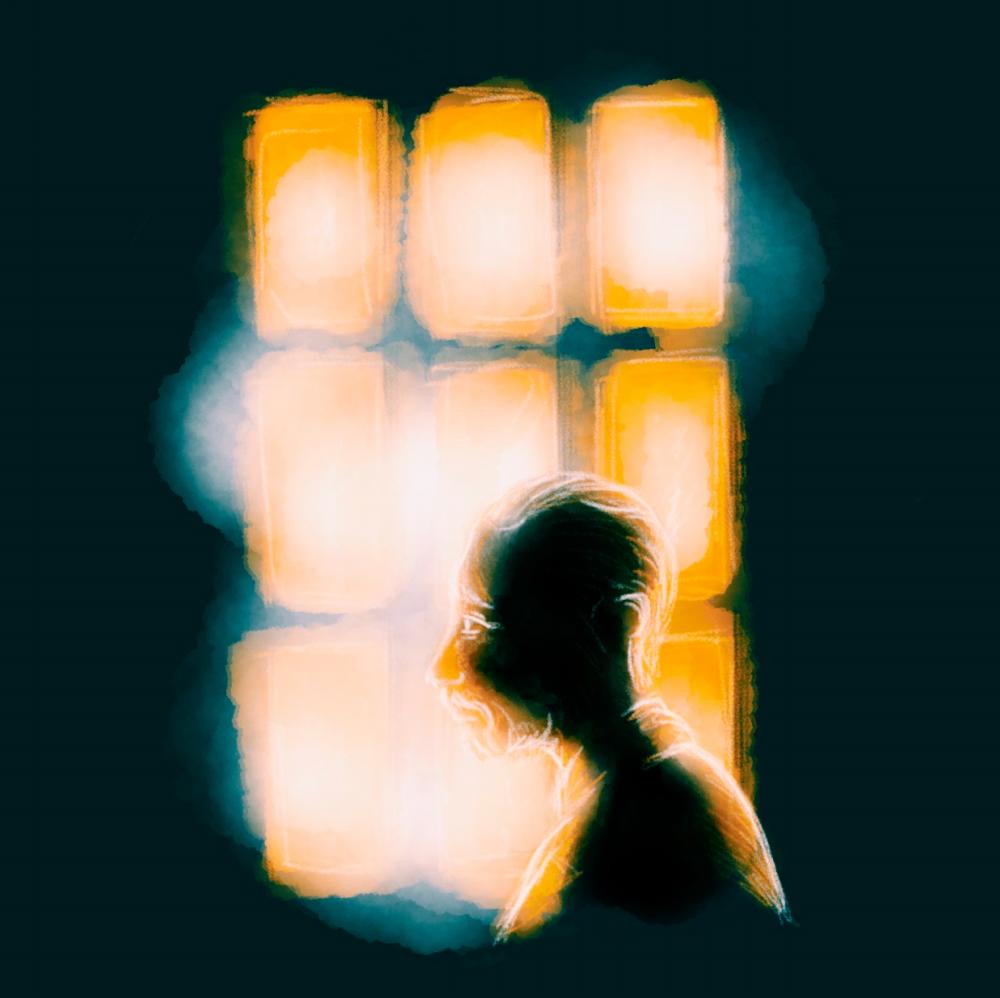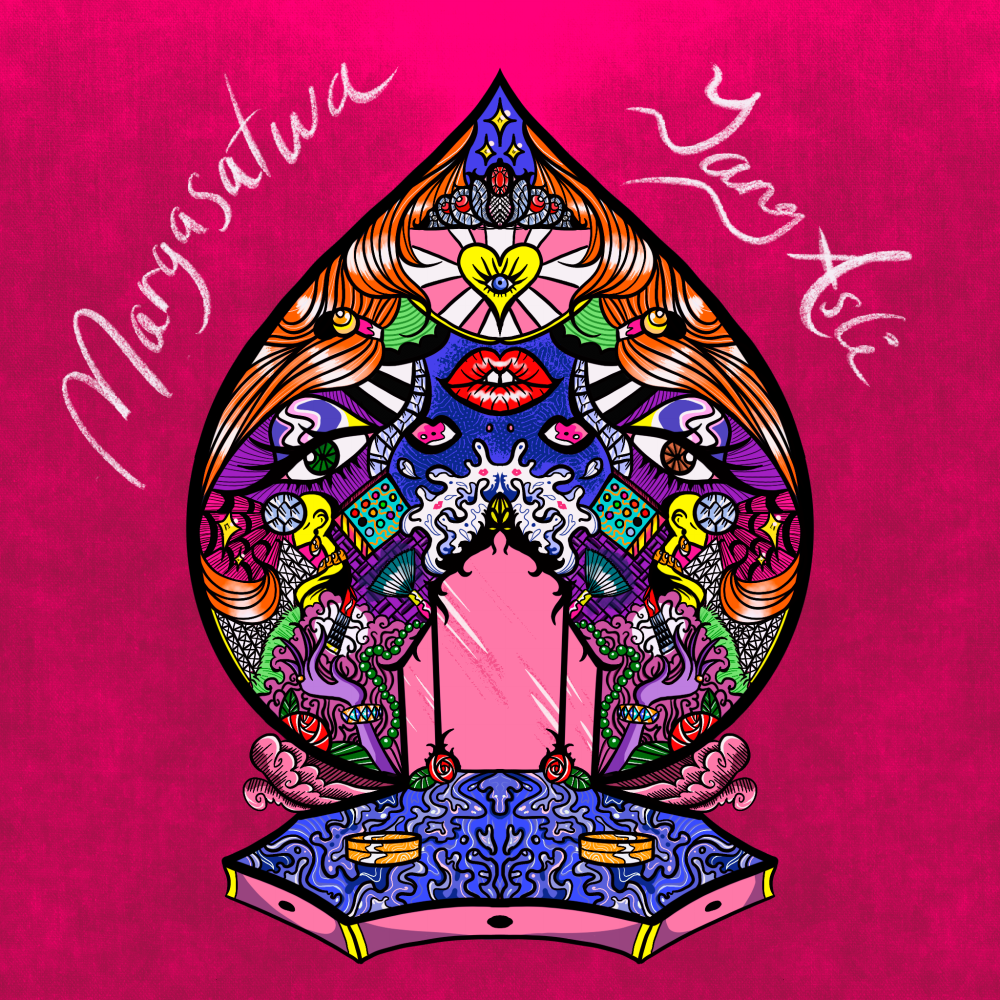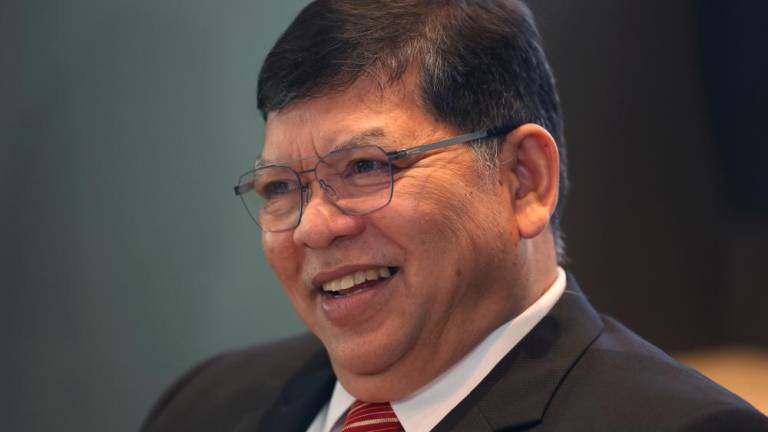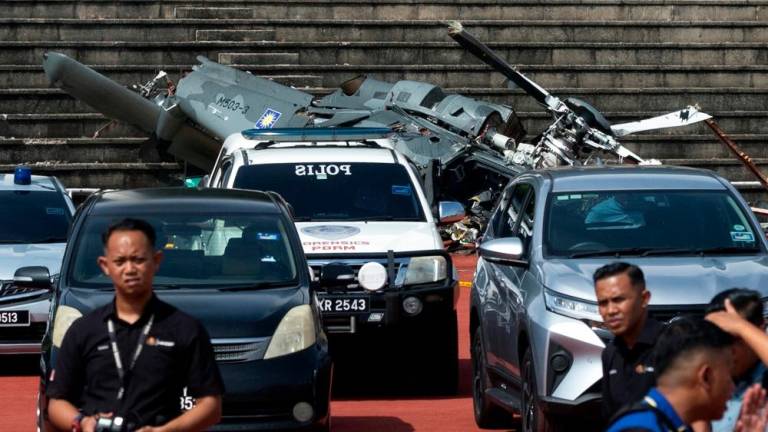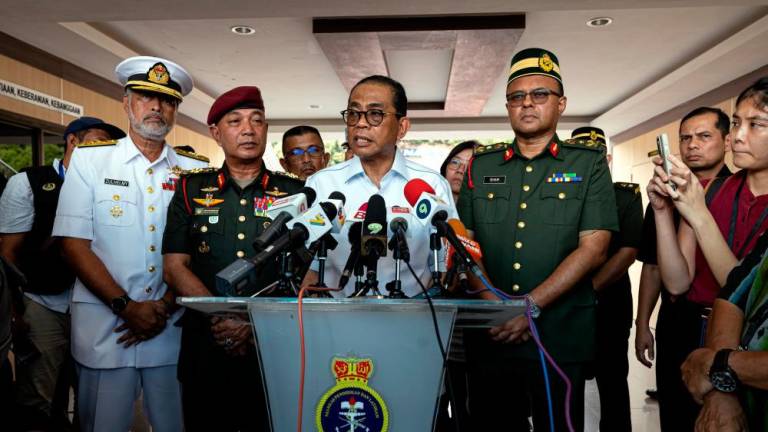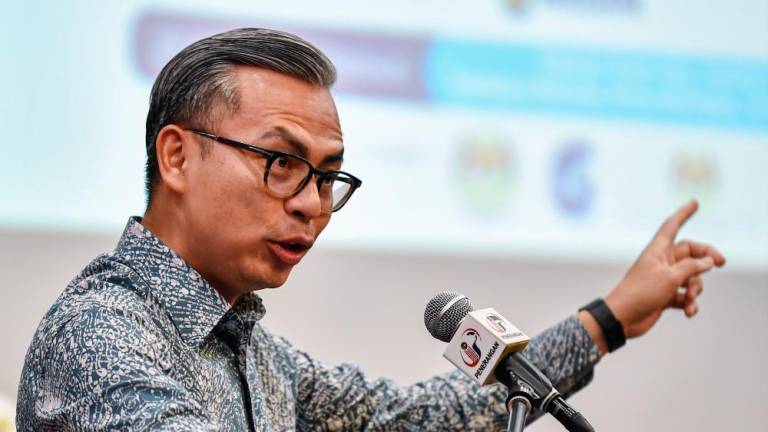Small town life is not a milieu that provides a lot of exposure to many art forms. Luckily, Sungai Petani-born Shufitri Shukardi grew up in a family – especially his late mother – with a love of music and fashion.
He drew on his childhood formation to dabble in visual and performing arts as a university student.
The TESL graduate from UiTM Shah Alam shares: “I would be going to class during the day and attending rehearsals for theatre at night.’’
His involvement in the arts has taught him many things and shaped him as a person, he explains.
“It has brought me to where I am today.’’
Over the years, Shufitri has honed his craft in embroidery and illustration.
“Making time to create has provided me with the escape that I needed,’’ he shares. “It allows me to go with my own flow and navigate my thoughts and feelings.”
Your primary medium of expression is through embroidery and illustration. How do you decide which media to use over the other?
It depends on what kind of effect that I want to achieve and the kind of thought or creative processes that suit the project. For example, I choose illustration so I can focus on my quick strokes and lining, and most of the time my illustrations are digital. For embroidery, it’s taking the time to achieve textures and see where the needle and thread can take me.
What spurred your interest in embroidery? Do you think that the form or process itself has qualities that could emulate life?
It began with my interest in textile art when I was knitting back in university. My grandmother taught me how to knit and as time went by, I wanted to merge illustrations with my love for threads so I started embroidery. The art form emulates life in a way that, unlike paintings or illustrations, there are textures to feel with your fingers, it is very tactile and three dimensional.
I’d like to talk a little about The Last Glow, a project you did last year in collaboration with marine biologist Dr Afiq Durrani to bridge art and science. How does the narrative of the project come through the art form?
This collaboration was for the Akademi Sains Malaysia’s Art Science Prize 2020. Dr Afiq and I were going through stories of natural phenomena, and when he mentioned the story about the glowing corals, I quickly jumped at it.
I was intrigued by the story of the corals and their symbiont , the zooxanthellae, and it became the drive for me to do the artwork. To me, their story is a poetic one and that we can actually reflect on their symbiotic relationship as human beings, members of society and as a nation.
I chose embroidery for The Last Glow because I feel that embroidery requires stillness and resilience, just like the corals.
As someone who promotes the arts while doing the arts, how do you engage with people to cultivate interest and participation?
For me, creating or engaging art means making sense of the world or issues. It is also about discovering or awakening a part of yourself that you might not realise. What years of being in the arts have taught me is that it is important to show up and expose yourself.
It matters if you feel that a show is good or bad, and it matters that you are figuring out how it can affect you. Learning dance and movement for instance doesn’t mean you want to become a dancer, it is also discovering a part of yourself and learning about yourself by trusting the process.
What does the role of an artist mean to you in today’s context?
Artists should consider their role to assist in rousing people’s consciousness or help people in finding their words, and even catalyse people about championing certain things and start making a change.
What keeps you going when things get tough?
Realigning myself and returning to the things that matter for a while before going back to tackling situations head-on.



